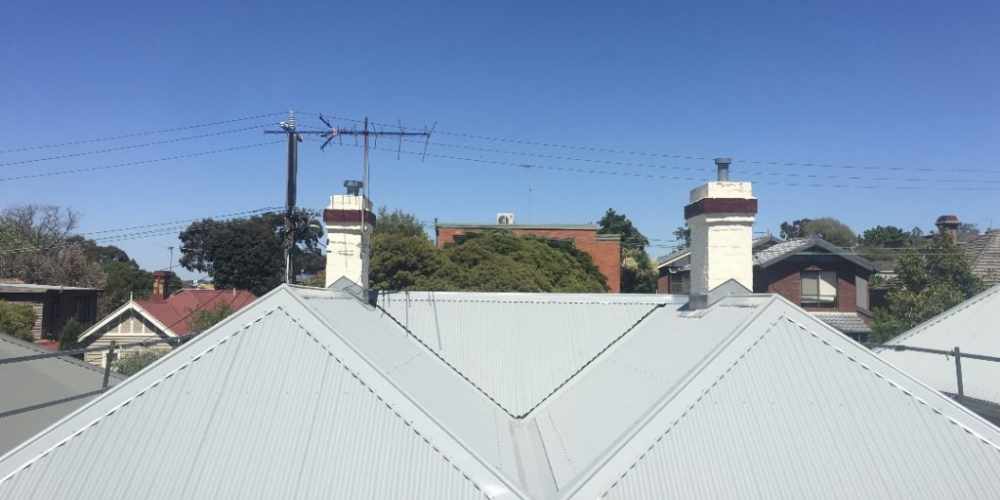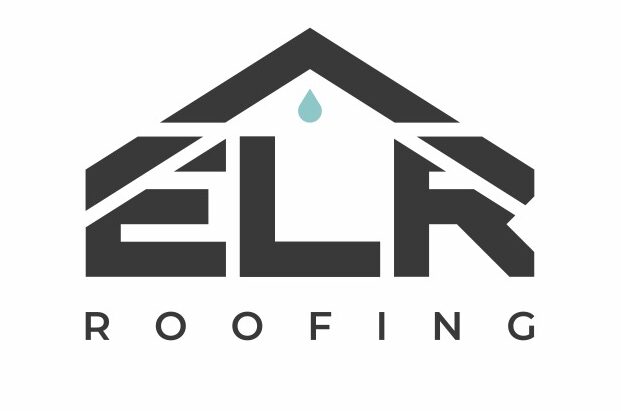Although there are many different colours and designs of roofing materials, there are many more factors to consider when choosing one for your home. The finest sort will depend on the type of roof, the location, and the environment for a specific property.
Air conditioning is typically the first thing that comes to mind when considering how a building maintains its cool. However, a building’s roof is the first defence against heat. And a good roof’s job on a hot day should include dispersing the sun’s rays rather than keeping and absorbing them.
That is why it’s essential to understand what type of roofing materials you should use regardless of the weather in your area.
Join us as we discuss the best roofs for hot climates and why your trusted roofer should know which roofing material is best for your home.

Types of Roofing Materials Perfect for Hot Climate
Regions worldwide are witnessing increasing extreme weather events and protracted above-average heat waves as the planet continues to warm. Homes suffer the most from the harsh weather in these hot climes, especially rooftops, where the sun beats down all day, suffer the most.
But roofs serve far more purposes than just shielding you from the light. A poorly constructed roof deteriorates in the heat, eventually splitting and crumbling. Additionally, it allows solar heat to enter a house straight through the surface. This process raises the cost of energy used for house cooling. It renders some materials significantly less energy-efficient than others.
Here are the best roofing material options smart roofers will use that will endure hot climates.
Due to its superior performance in high temperatures, metal roofs are ideal for hot areas. Metal is a “cool roofing” material because it is reflective. The energy efficiency of your roof may be further increased by using highly reflecting paints and coatings.
Nowadays, metal is the preferred stylish material in most warmer areas. Because it is typically sustainable, metal roofing, which is versatile and robust, has witnessed a rise in utilisation.
Most copper, steel, and aluminium roofs are constructed using recycled materials. The metal cools more quickly at night, stores less heat, and takes longer to heat up than other roofing materials.
Most newly installed metal roofs also have a noticeable gap between the decking and the metal panels. Heat transfer from the roof to the living area below can be prevented using that area as a buffer or barrier.
Clay and terra cotta tiles from specific historic locations have withstood the test of time and years of rigours roasting in the sun. Light-coloured essential clay roofing doesn’t hold heat as a darker roof does. Modern clay tiles are painted to enhance weatherproofing and reflecting properties and give them the appearance of more costly slate or classic terra cotta.
Even contemporary terracotta tiles should last roughly 50 years on average. Terra-cotta tile roofs are highly durable; some historic structures have had the same tiles for centuries.
While the terra-composition cotta plays a significant part in its heat resistance, its natural shape and design contribute to its overall impact. Typically, terracotta tiles are moulded into half-barrel or S shapes.
The arches are created as the roof’s tiles interlock as they are installed. These arches improve water and airflow while minimising the amount of heat that is trapped in the roof.
Concrete is a fantastic alternative for individuals who want the thermal qualities of terracotta but not the cost. Because of its thickness, this material takes longer to warm up in the sun and, as a result, takes longer to absorb heat into your home. A lightweight yet affordable option for hot-weather roofs is slab concrete.
Nevertheless, roofing suppliers also provide more visually attractive concrete tiles that are coloured to add a tinge of colour. S-tiles are one of the more energy-efficient alternatives available among them. They are shaped into a wave pattern, like many terracotta tiles, which enhances airflow between the decking and the roof surface. And that ultimately has the result of decreasing heat transmission.
Natural stone is used to make slate roofing. It is resistant to the sun, wind, heat, and cold. Because of this, homeowners may anticipate a slate roof lasting up to 150 years or more. Slate stone also provides a fireproof solution for your roof. Due to the increased risk of fire from heat and a lack of rain, this is a fantastic investment for homes in places where there are roofing requirements. While you would assume slate is only available in dark grey, it comes in various natural hues.
The expensive cost and hefty weight of employing slate are some drawbacks. Slate is one of the most attractive roofing materials, mainly when used to recreate Spanish and Mediterranean architecture. Still, it is more expensive and difficult to move than lighter, less fragile materials due to its wide availability and acceptance as an excellent roofing material for hot areas. It is a pricey solution in locations without natural slate deposits. Previously used or salvaged slate is sometimes available, but installation and transportation expenses still mount.
The abbreviation EPDM stands for ethylene propylene diene monomer, a synthetic rubber-like substance. The thermoplastic EPDM, frequently used in commercial roofing, is robust and effectively resistant to weather, UV rays, and ordinary wear. By reflecting heat and sunshine, optional titanium dioxide roof coatings can increase the potential for heat reduction. Since EPDM is often flawless, it can be a barrier to stop air and water leaks.
An “urban heat island effect” is produced by parking lots, roads, and asphalt roofs that are dark. These places become warm because of the dark minerals there that store energy. One way to lessen the power required to cool them is to paint the roadways and rooftops white. Greening the areas from the top down is an additional suggestion. Green or living roofs use a waterproof membrane covered with soil and plant to passively cool the building through the temperature of the soil and the development of vegetation. Instead of endless rows of petroleum-based shingles on top of paved roadways, roofs constructed of live plants also emit oxygen into the air, making them less poisonous and hazardous. Additionally, water runoff cools the structures, and the entire system safeguards the foundation roofing below, contributing to
Importance of Choosing Your Roof Types
Corrugated iron and Colorbond steel, concrete, ceramic, metal, composite tiles, slate, shingles, and even load-bearing panels like SIPs are just a few of the various roofing materials available (structural insulated panels). Each choice has benefits and drawbacks, a distinct appearance, and various alternatives for that specific material.
Different materials are used to construct roofs, each with unique properties and life lengths. The appropriate roofing material for your home will depend on its requirements and style, which you can determine by understanding roof compositions. You can choose when to replace your roof by learning about the various types of materials and their corresponding service life.
The correct roof may lower your energy costs and help you save money. The heat from the sun is reflected away from the attic by some materials, such as metal and asphalt shingles, as opposed to being absorbed and transferred to the area below. If your roof is relaxed, your air conditioner won’t work as hard to lower the temperature to a tolerable level. This may significantly impact your energy costs.
The material will obstruct the airflow that keeps the roof cool and prevents ice dams from forming from the soffits to the ridge vent. Insulation shouldn’t contact the surface of the roof for the same reason.
Darker roofs absorb most of that heat and transmit it into the spaces below, whereas lighter roofs often bounce heat rays from the sun away. Thus, dark roofs do reflect more heat. Of course, your roof’s colour isn’t the only feature that influences the temperature of your house.
Flat roof insulation is employed to make a space seem warmer in the winter and cooler in the summer. Although foam works exceptionally well and is frequently used in contemporary builds, other suitable insulating materials include wood fibre, cellular glass, and polystyrene (EPS or XPS).
Metal roofing is one of the most excellent options you can generally make for your roof. They may last more than 50 years, are the most energy-efficient residential instal roof, and require minimal upkeep. Metal roofs are so hot to the touch because they are so reflective.
The Final Thought
There are several options for selecting the finest roof material for hot conditions. Think about the initial and future roof upkeep, repairs, and replacement costs. In the end, investing a little extra now can help you avoid making future repairs and lower your electricity bills.
Consider the climate in your area before selecting a roofing material. Select a material that can withstand such weather conditions to prevent roof damage. For hotter regions, materials like terracotta, concrete, and slate tiles, for example, are excellent. Slate, metal, and asphalt shingles will hold heat if you reside in a cooler climate.
